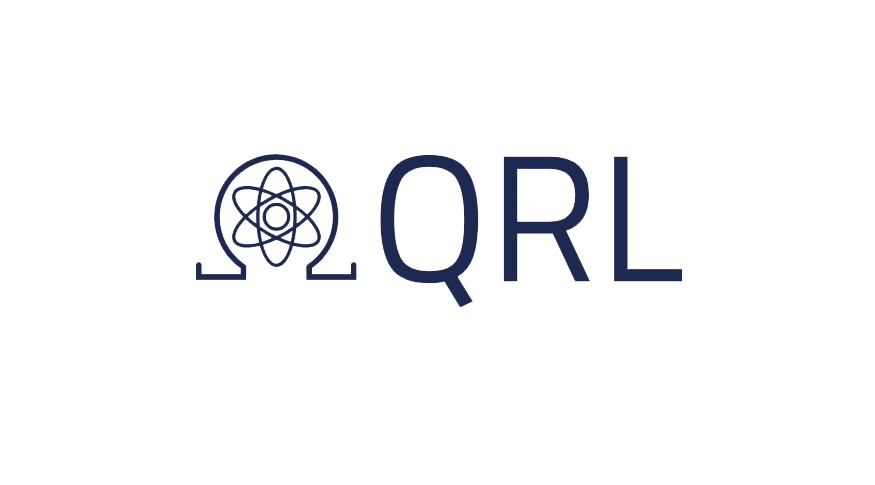The QRL Foundation has announced a new blockchain network, the Quantum Resistant Ledger (QRL), a distributed ledger resistant to both traditional and quantum computing attacks. For the past year, QRL has been developing its test network and has recently completed a security audit undertaken by the cybersecurity company, Red4Sec.
With their newly launched network, the QRL blockchain will be powered by the quantum (plural quanta), as the base currency unit. Transaction fees are paid and calculated through a fraction of the quantum called a Shor. It will retain the established currency code $QRL.
“At our core, we are a quantum-resistant blockchain; more secure and future-oriented than other blockchains out there today,” said Adam Koltun, Lead Business Strategist for The Quantum Resistant Ledger. “If a person or organization wants to build a secondary-layer application on top of a blockchain, then QRL’s rock-solid security and open source orientation makes us an ideal platform.”
Current cryptographic standards found in blockchain are strong enough to make the compromising of wallet private keys by traditional computers extremely difficult and unlikely – in fact, the odds are the same as winning the Powerball lottery several times over. Quantum computing will render the current cryptographic standards used in the signature schemes of blockchains largely permeable.
Companies like Google and IBM are currently working on projects that could see quantum computing surpass traditional supercomputing in the near future – Google declared itself close to quantum supremacy as recently as March.
Additionally, government agencies and watchdogs have also been sounding the alarm in regards to current cryptographic standards and quantum computing. In 2016, the NSA released a statement discussing the permeability of elliptic curve cryptography in the face of quantum computing. ECDSA, the most common cryptographic algorithm used to secure blockchain signature schemes, is a type of elliptic curve cryptography.
Unlike other blockchains and cryptocurrencies, QRL utilizes a type of hash-based signature scheme known as the Extended Merkle signature scheme or XMSS. Unlike ECDSA, the cryptography standard favored by today’s most popular blockchain networks, XMSS is resistant to a sufficiently powerful quantum computer running Shor’s algorithm.
In addition to providing a post-quantum cryptographic standard and open-source base-layer protocol upon which secondary layer applications may be built, the QRL project will be pursuing smart contract integration and feasibility in the coming weeks and months. Additionally, QRL will introduce the Ephemeral Data Messaging Layer which will allow communication using the QRL blockchain in the months following launch.
Looking further down the road, the QRL project plans on pursuing Proof-of-Stake as the governance and distribution method for the blockchain. It is the goal to integrate Proof-of-Stake in the first year after launch.
